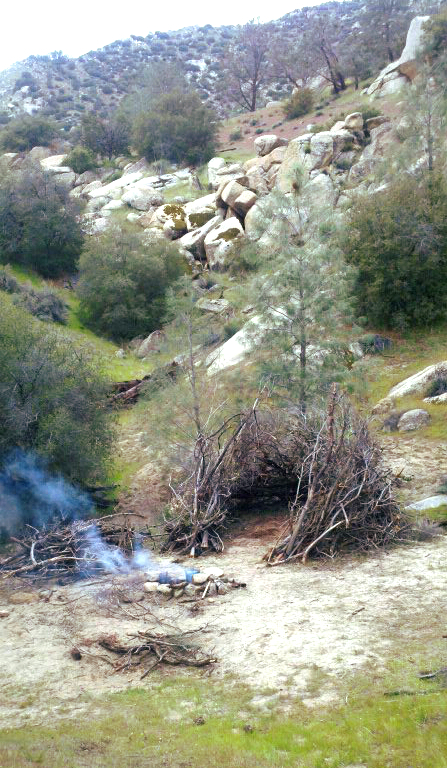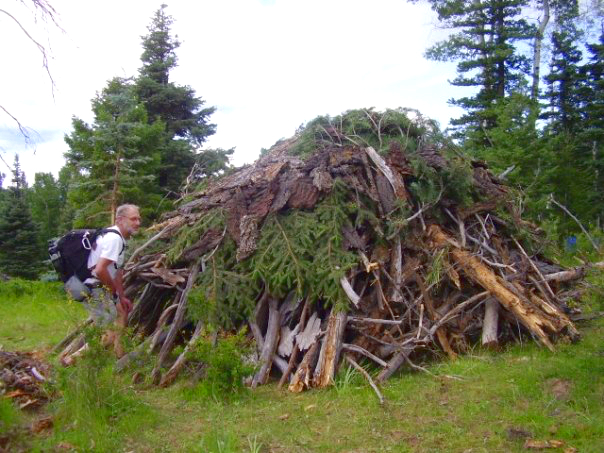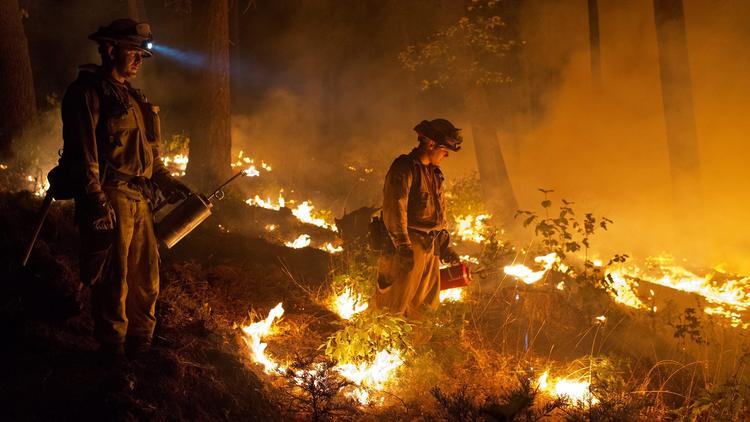For thousands of years, Native (American) tribal people coordinated together in order to *prevent wildfires & simultaneously have their needs met*; these techniques are simple, & are used to prepare shelters, firepits, AND to prepare for harvesting acorns in a way which prevents wildfires AND replenishes topsoil!
 Thank you LiveSmartnotHard.com for this great graphic to help prove a point.
Thank you LiveSmartnotHard.com for this great graphic to help prove a point.
Today- these techniques are no less vital than they have been for the past 10,000 years, & frankly- as a species- we NEED to begin implementing them once again throughout wildlands for the health of ecosystems, the protection of our homes, AND to survive.
 Thank you dearly MediaWebApps.com for the above graphic- AND reminder!
Thank you dearly MediaWebApps.com for the above graphic- AND reminder!
Prevent wildfires AND produce a healthy, drought-resilient food supply?!?!? We like to call it:
This webpage may be used to coordinate with forest officials by simply directing them to this webpage when filing for a Special Use Permit, & indicating that “Traditional Encampment Preparation & Wildfire Prevention Techniques as described on the WildLivingSkills.org will be used” wherever you plan to set up camp. These techniques are described just below.
Before continuing, however, here is a fantastic & very interesting video about the origin of Smokey Bear:
Encampment Preparation & Wildfire Prevention Techniques
When choosing “a place to set up camp”, there are certain things to look for. Ideally, it is best to set up where there is:
-
more than one ecosystem merging together.
-
flowing water- contact the local water district to find out what kind of contaminants are in the water so that you will know how to remove them.
-
a diversity of trees including plenty of Oaks.
-
a very flat clearing to build a structure that is *not* on the lowest part of the ground (to avoid flooding) & is also safe from potential landslides or falling rocks.
-
several rocks of different sizes that are small enough to lift & bigger than pebbles.
Next, it is time to begin collecting all the deadwood in the area, & sorting it into 3 different piles.
Pile #1: Clean-burning Oak wood will be the only type of wood used for cooking food.
Pile #2: Clean & hot-burning Manzanita will be gathered for use in heating rocks for rock boiling, & also for firing clay inside a kilns.
Pile #3: Woods that do not burn clean (Conifers, Buckeye, Lilac, Osage, Willow, Cottonwood) will be used for building a Wikiup shelter. Wikiups are ideal for preventing wildfires in forests with a lot of deadwood buildup. Here’s a partially-built Wikiup:
Now that your camp is set up, its time to prepare for acorn harvesting season!
During around August (usually), Oaks drop their first batch of acorns:
This first batch always has holes in them because the moths & weevils infested them!
After this “first drop” is when the leaves leaves & “bad acorns” are raked into circles & carefully burned using Federal Safety Regulations. We recommend:
-
fill a 5-gallon bucket with water so that the fire can be doused at any time.
-
make sure there is no wind– only do this during calm weather.
-
be *very careful* to clear ALL the debris away from the area a bare minimum of 5 feet.
Now, it is time to control burn the leaf piles that have the “bad acorns” mixed in. Oaks burn clean, & this process helps replenish the soil! This process has of course been made much safer because all the deadwood has already been cleared for your shelter & firewood!
Now, a month later when the Oak trees drop their *second batch* of acorns, you will not have to sift through them to find out which ones are good & which ones are bad!
These techniques could be used to strategically create “buffer zones” along the edges of forested areas in order to help protect homes & other buildings, etc. while simultaneously providing comfortable living conditions, restoring topsoils, preventing massive wildfires, & preparing for a good healthy harvest season!
For in-depth, further information, please view this Wikipedia page on “Native American Uses of Fire“- absolutely amazing!
ALSO- Wild Willpower would like to give our sincere & humble thanks to the brave warriors who have come in from all across the nation to help put these fires out! A special thanks, also to CAL Fire for helping to orchestrate all this!
Thank you USA Today for honoring these heroes who are right there among the flames protecting EVERYONE!





